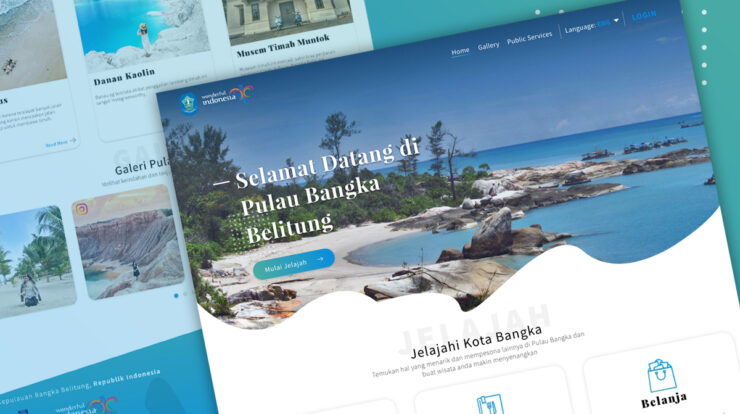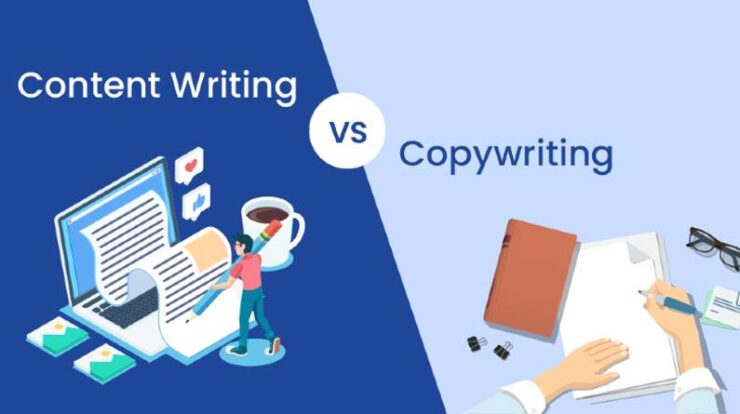
If you’ve clicked on this post, you’re probably wondering how to get your website to the top of Google search results. As someone who specializes in tourism website development, I get this question a lot. Today, I’m going to give you 7 actionable tips to optimize your tour and activity website for search engines.
1. Understand Your Audience
Why Audience Understanding is Crucial
Before you can do anything with your SEO, you need to know who you’re targeting. Is your typical customer a budget backpacker or a luxury traveler? Once you know, it’s easier to tailor your website content accordingly.
How to Do It
- Conduct Surveys: Use Google Forms or SurveyMonkey to gather data from your past clients.
- Check Competitor Sites: Your competition probably targets similar audiences. Take notes.
2. Keyword Research: The Building Block of SEO
Tools for Keyword Research
My go-to tools for keyword research are Google Keyword Planner, SEMrush, and Ubersuggest. Remember to find long-tail keywords that are specific to your niche. For example, instead of just “Paris tours,” you might go for “best walking tours in Paris.”
3. On-Page SEO: Time to Optimize
Title Tags and Meta Descriptions
These are what show up in Google search results. Make sure they’re compelling and include your main keywords.
Image Alt Text
Always include alt text in your images. Search engines can’t “see” images but they can read alt text. Describe the image and, if possible, include a keyword.
4. High-Quality Content is King
Blogging: Your Secret Weapon
Start a blog if you haven’t already. Blogging allows you to use a myriad of keywords naturally and provides value to your audience. For instance, I once wrote a blog post about “The Top 5 Hidden Beaches in Thailand,” and it was a hit! It drove significant traffic to our site, thanks to strategic keyword use and genuine value to the reader.
Consistency
Update your blog regularly. Google loves fresh content, and so do your readers.
5. Backlinks: Don’t Ignore These
What Are Backlinks?
These are external websites that link to your site. Google views these as endorsements, meaning your site gains more authority.
How to Gain Backlinks
- Guest Posts: Offer to write guest posts on other blogs in exchange for a link back to your site.
- Partnerships: Collaborate with companies in the tourism industry to exchange links.
6. Speed and Mobile Optimization
Why It’s Important
Nobody wants to wait forever for a website to load. Plus, Google penalizes slow websites.
How to Do It
- Compress Images: Large image files can slow down your site. Use image compression tools.
- Mobile Optimization: Make sure your website is mobile-friendly. Most people use mobile devices for web browsing these days.
7. Track Your Success
Tools for Tracking
Use Google Analytics to monitor your SEO efforts. You’ll be able to see which keywords are driving the most traffic and what aspects of your SEO strategy need tweaking.
Stay Updated
SEO is a long-term investment. Always keep yourself updated with the latest SEO trends and changes in Google’s algorithm.
About the Company
For those of you who are feeling overwhelmed or could use professional help, Tourism Tiger is here for you. Specializing in the best tour website design and more, Tourism Tiger offers a variety of services tailored to your needs.
Phew! That’s a lot, but trust me, if you take the time to implement these tips, you’ll be climbing the ranks in no time. Here’s to more bookings and a thriving business!






